Ever wanted a pint of your very own homebrewed craft beer? With around 1.2 million Americans already brewing their own beer at home, you’re not alone in your quest. This guide is set to make the seemingly complex process of crafting your own brew simple and enjoyable, walking you from sanitizing to kegging.
Ready to join the exciting world of homebrewing? Read on!
Key Takeaways
- Craft brewing and homebrewing are popular hobbies in the United States, with around 1.2 million Americans already making their own beer at home.
- To brew your own craft beer at home, you’ll need essential ingredients like malt, hops, yeast, and water. You’ll also need brewing equipment such as a brew kettle, mash tun, and fermenter.
- The brewing process involves steps like sanitizing equipment, mashing grains to extract sugars, boiling the wort with hops for flavor and sterilization, fermenting the wort with yeast to create alcohol and carbon dioxide, and finally kegging or bottling your finished beer.
- Homebrewers can enhance their beers by making a yeast starter for healthy fermentation, dry hopping for added aroma and flavor without bitterness,
Brewing Essentials: Ingredients and Equipment

To brew your own craft beer at home, you’ll need essential ingredients like malt, hops, yeast, and water. Additionally, make sure to have brewing equipment such as a brew kettle, mash tun, and fermenter.
Ingredients for All Grain Brewing: Malt, Hops, Yeast, Water

Making good beer needs four main things. These are malt, hops, yeast and water.
Brewing Equipment: Brew Kettle, Mash Tun, Fermenter

Brewing beer at home requires some essential equipment. Here are the key pieces you’ll need:
- Brew Kettle: This is where you’ll boil your ingredients, like the malt and hops, to create the wort.
- Mash Tun: This is where you’ll mix hot water with crushed malt to extract sugars, creating a substance called mash.
- Fermenter: Once your wort is ready, it needs a place to ferment. A fermenter is a vessel where yeast converts sugars into alcohol and carbon dioxide.
The Brewing Process: From Sanitizing to Kegging
In this section, we will explore the step-by-step brewing process, starting with sanitizing all equipment and ending with kegging your finished beer.
Sanitizing

Sanitizing is a very important step in the brewing process. It helps to kill any bacteria or other unwanted microorganisms that could spoil your beer. To sanitize your equipment, you can use a sanitizing solution or sanitizer tablets specifically made for homebrewing.
Make sure to thoroughly clean all the surfaces and equipment before sanitizing them. This will help ensure that your beer turns out clean and free from off flavors. By taking the time to properly sanitize, you can greatly improve the quality of your homebrewed beer and have a better overall brewing experience.
Mashing
Mashing is a crucial step in the brewing process. It’s when you mix crushed grains with hot water to extract sugars, flavors, and colors. The key is to maintain a specific temperature range for the enzymes to break down complex carbohydrates into fermentable sugars.
This process usually takes around one hour. To achieve this, you’ll need a mash tun or large pot with good insulation. Once the mashing is done, you’ll have what’s called wort – the liquid that will eventually become beer!
Wort Boiling

Wort boiling is a crucial step in the beer brewing process. During this stage, the wort (pronounced “wert”) is heated to a rolling boil. This helps to extract bitterness from the hops and sterilize the liquid.
The heat also helps to break down proteins that can cause haze in the finished beer.
Boiling the wort typically lasts for about 60 minutes, although some recipes may call for longer or shorter times. It’s important to watch the pot closely during this time, as the mixture can foam up and overflow if not monitored carefully.
During boiling, hops are added at different intervals depending on what flavors and aromas you want in your beer. These hops contribute bitterness when added early in the boil and more aroma when added near the end.
Fermentation
Fermentation is a crucial step in the beer-making process. It’s where the yeast gets to work, transforming sugars into alcohol and carbon dioxide. During fermentation, the yeast consumes the sugars present in the wort (the unfermented beer) and produces alcohol as a byproduct.
This is what gives beer its alcoholic content. The process also creates carbon dioxide, which adds bubbles and fizz to your brew. Fermentation usually takes around one to two weeks, depending on factors like temperature and yeast strain.
It’s important to keep an eye on things during this stage, making sure that the fermentation temperature stays within recommended ranges for optimal flavor development. Once fermentation is complete, you can move on to bottling or kegging your beer for further conditioning before enjoying your homemade craft brew!
Kegging and Bottling
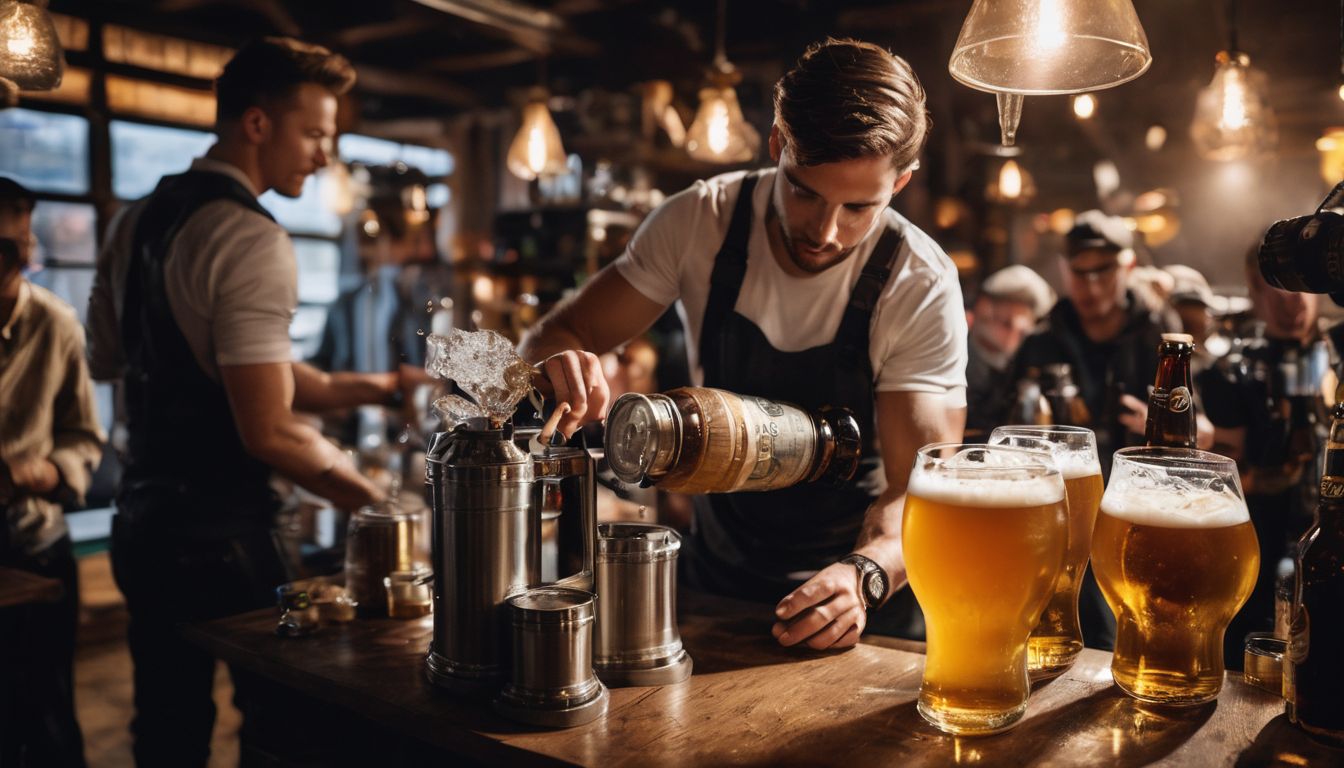
After the fermentation process is complete, it’s time to keg or bottle your beer. Kegging is a convenient option if you have the equipment and space for it. It involves transferring the beer from the fermenter into a keg, where it can be carbonated and dispensed using a CO2 system.
Bottling, on the other hand, requires cleaning and sanitizing bottles before filling them with your beer. Adding priming sugar allows for natural carbonation during bottle conditioning.
Both methods have their pros and cons, so choose what works best for you. Whether you prefer draft beer straight from the tap or enjoying your brew in bottles, these options give you flexibility in how you serve your homemade craft beer to friends and family.
Homebrewing Techniques and Tips

– Make a yeast starter to ensure a healthy fermentation process.
– Enhance flavors by dry hopping your beer during fermentation.
– Experiment with step mashing to achieve different characteristics in your brew.
– Identify and address common off flavors that may arise in your beer.
– Clarify your homebrew using various methods for a polished final product.
Making a yeast starter

Making a yeast starter is an important step in the brewing process. It helps ensure that the yeast is healthy and active before adding it to the beer. To make a yeast starter, you will need a small container, such as a flask or jar, and some malt extract.
First, sanitize your container to prevent any unwanted bacteria or contaminants from affecting the yeast. Then, mix together some malt extract and water in the container to create a solution.
Heat it up on the stove until it reaches boiling point, then let it cool down to room temperature.
Once your solution has cooled, add your chosen yeast strain to the container and cover it with foil or an airlock to allow gas to escape while preventing any contaminants from entering.
Shake or stir the mixture vigorously for about 30 seconds to introduce oxygen and help promote fermentation. Place the container in a warm area with consistent temperature (around 70-75°F) for about 24-48 hours.
During this time, be sure to periodically check on your yeast starter by giving it a swirl or shake every now and then. You’ll know that fermentation is taking place when you see signs of activity like bubbles forming on top of the liquid.
Once you’ve achieved good fermentation activity, your yeast starter is ready to be used in brewing.
Dry hopping
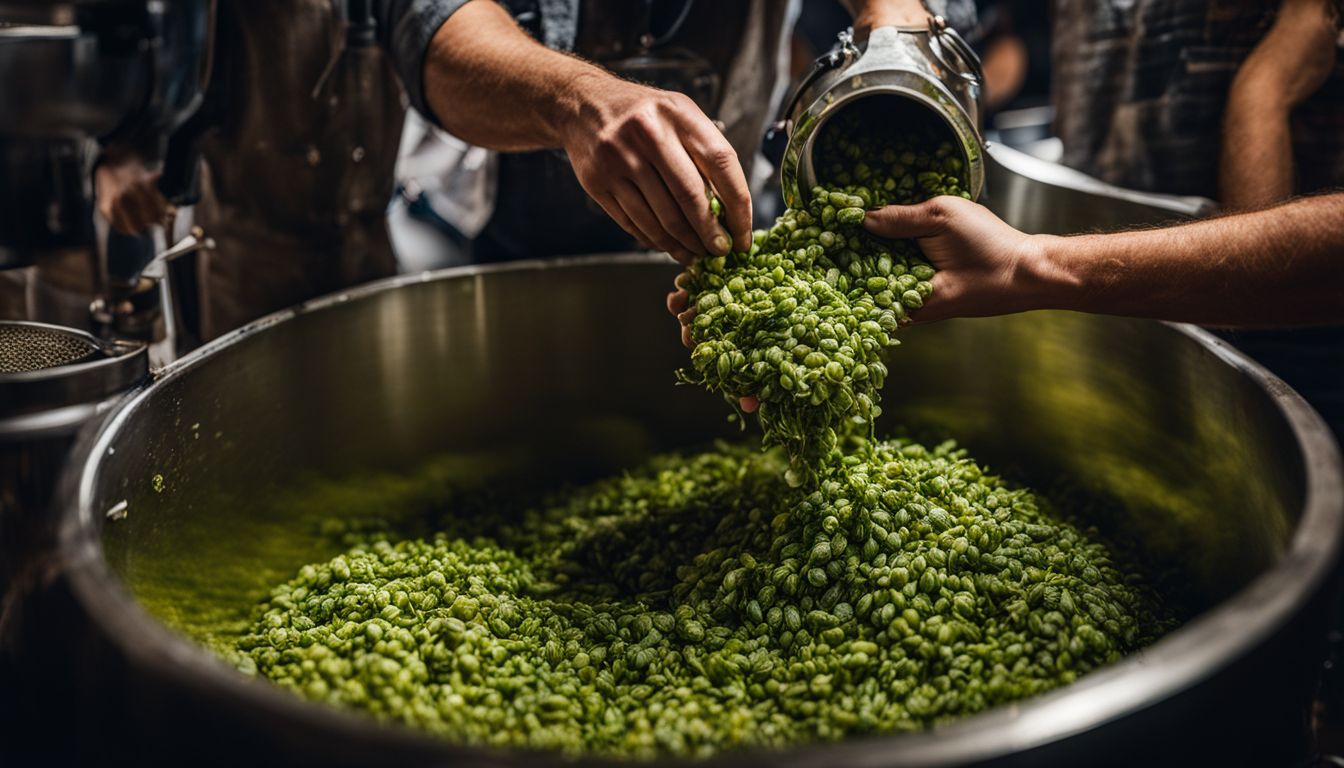
Dry hopping is a technique used in brewing beer to enhance its aroma and flavor. It involves adding hops directly into the fermenter during or after fermentation. This process allows the beer to absorb the aromatic oils from the hops without adding any bitterness.
The hops can be whole cones or pellets, and they are usually left in contact with the beer for several days to a week. Dry hopping is often used in hop-forward beers like IPAs to give them a more intense hop character.
It’s a simple yet effective way to elevate your homebrewed beer and experiment with different hop combinations for unique flavors.
Step mashing
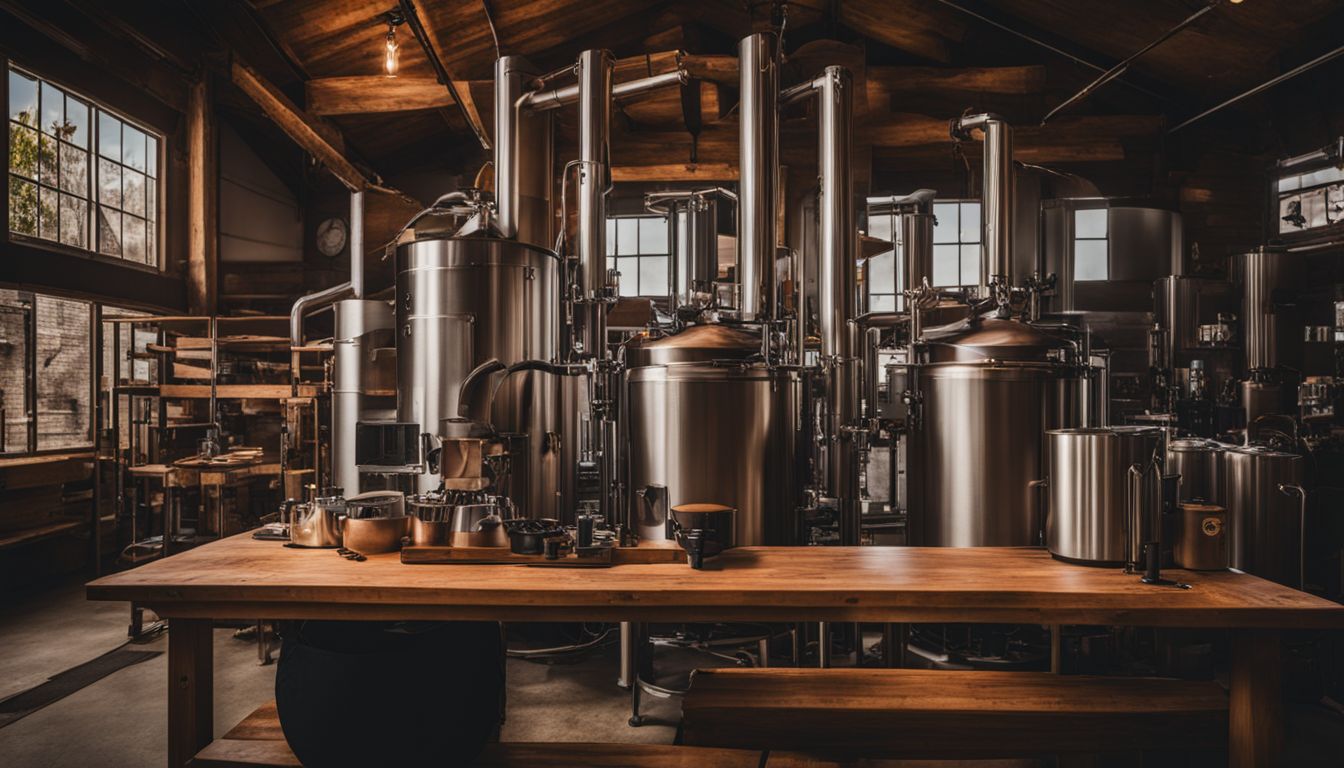
Step mashing is an important technique in homebrewing that helps extract the maximum flavor and fermentable sugars from your grain. It involves using different temperatures during the mashing process to activate specific enzymes that break down complex starches into simple sugars.
This allows for better control over the final beer’s body, sweetness, and overall character. By adjusting the temperature at different steps, you can create a wide range of flavors and styles in your brews.
It may sound complicated, but step mashing is worth experimenting with if you want to take your homebrewing skills to the next level.
Common off flavors in beer
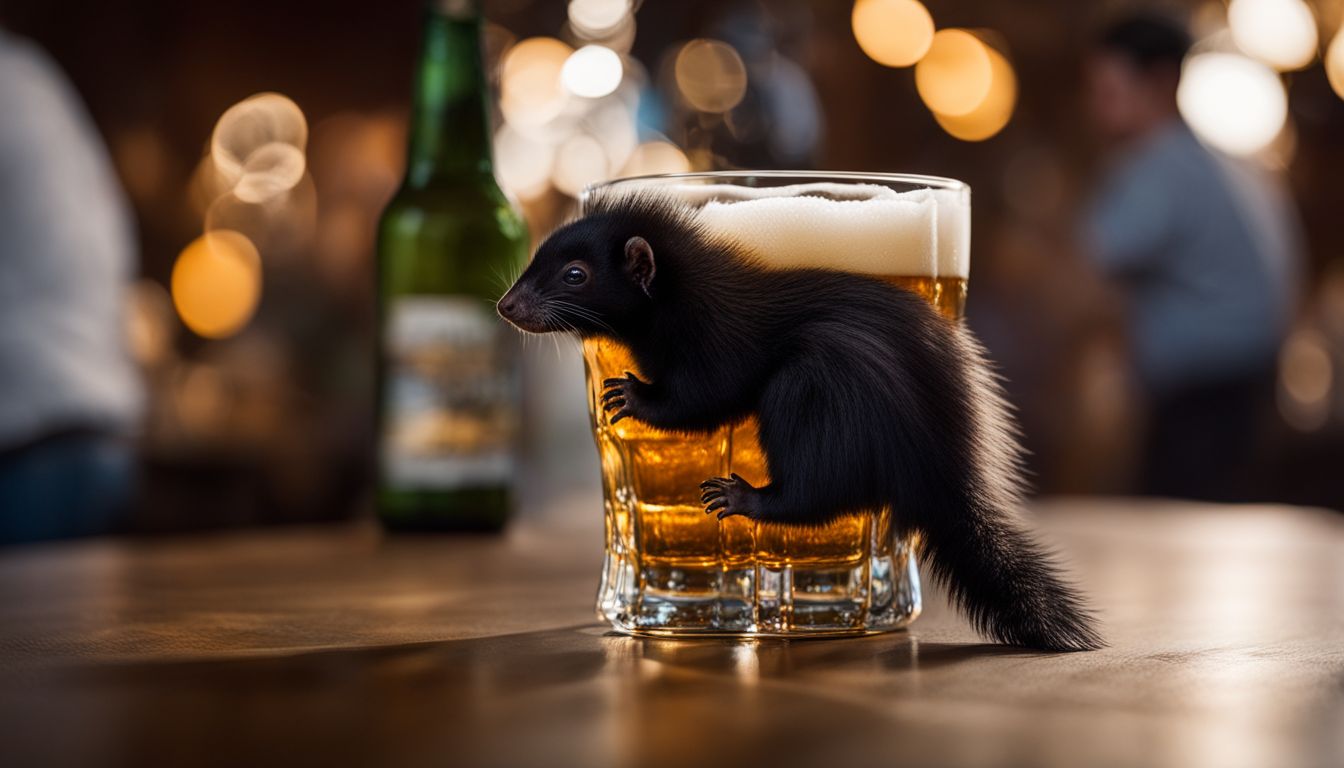
Beer can sometimes develop off flavors that can affect its taste and quality. It’s important to be aware of these common off flavors so you can identify them and take steps to prevent or fix them.
Some of the most common off flavors in beer include:.
1. Skunky – This off flavor is caused by exposure to light, particularly ultraviolet (UV) light. Light reacts with hops in beer, producing a compound that gives it a skunky smell and taste.
2. Metallic – If your beer tastes like metal or has a metallic aftertaste, it may be due to the presence of metal ions from brewing equipment or contamination during the brewing process.
3. Diacetyl – Diacetyl is a buttery or butterscotch-like flavor that can occur when yeast produces an excess of certain compounds. It can happen if fermentation temperatures are too high or if the yeast is stressed.
Beer clarification
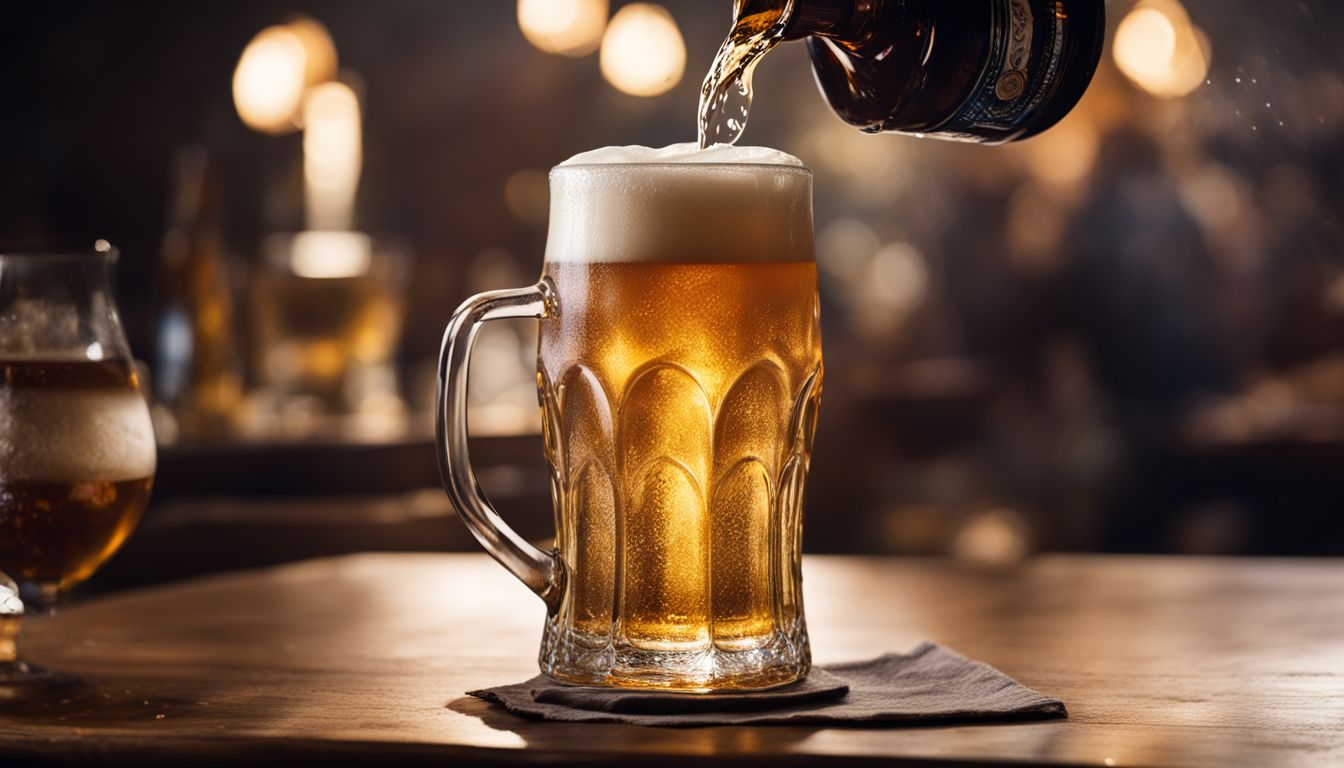
Beer clarification is an important step in the brewing process that helps to remove any remaining sediment or haze from the beer. This ensures that the final product is clear and visually appealing.
There are different methods of clarifying beer, such as using finings or filtration. Finings are substances like Irish moss or gelatin that help to attract and settle suspended particles in the beer, making them easier to remove.
Filtration involves passing the beer through a filter medium, which helps to remove solids and yeast cells. Both methods can improve the clarity of your homebrewed beer and make it look more professional.
Homebrewing tips and tricks
Here are some tips and tricks for homebrewing:
- Start with a clean and sanitized brewing equipment to avoid any unwanted flavors in your beer.
- Use a yeast starter to ensure a healthy fermentation process and get better results.
- Dry hopping can add extra aroma and flavor to your beer. Consider trying it out.
- Step mashing can help control the fermentability of the wort, giving you more control over the final beer.
- Be aware of common off flavors in beer and take steps to prevent them, such as proper temperature control during fermentation.
- Clarify your beer using fining agents or cold crashing techniques to achieve a clear and visually appealing final product.
- Take advantage of online resources, brewing forums, and local homebrew clubs for advice and inspiration.
- Experiment with different beer styles and recipes to develop your own unique brews.
- Don’t be afraid to make mistakes! Brewing is a learning process, so embrace the journey and keep improving.
Exploring Beer Recipes

Discover a variety of beer styles and recipes to try at home, allowing you to unleash your creativity and craft unique brews that reflect your personal taste preferences.
Different beer styles and recipes
There are many different styles of beer that you can try making at home. Here are some popular ones:
- Pale Ale: A light and hoppy beer with a golden color.
- IPA (India Pale Ale): A strong and bitter beer with lots of hop flavor.
- Stout: A dark and rich beer, often with flavors of chocolate or coffee.
- Wheat Beer: A refreshing beer made with wheat, often with hints of citrus or banana.
- Pilsner: A crisp and clean beer, usually light in color and flavor.
- Amber Ale: A malty and slightly sweet beer with a reddish hue.
Creating your own unique brews
Craft brewing offers beer enthusiasts the opportunity to get creative and brew their very own unique beers. With the right ingredients, techniques, and creativity, you can craft brews that are truly one-of-a-kind.
Experiment with different flavors by adding fruits, spices, or even herbs to your brews. Don’t be afraid to think outside the box and try new combinations! By creating your own unique brews, you can showcase your personal taste and style while exploring the endless possibilities of craft brewing.
So go ahead, grab your ingredients and let your imagination run wild in the pursuit of brewing something truly special!
Remember: Craft brewing is all about experimentation. Don’t be afraid to take risks and try new things when creating your own unique brews. Enjoy the process of discovery and embrace the freedom that comes with homebrewing.
Homebrewing Resources and Conclusion

The Complete Guide to Craft Brewing and Homebrewing is the ultimate resource for beer enthusiasts who want to try their hand at brewing their own craft beer. From the basics of brewing to advanced techniques, this guide covers it all in an easy-to-understand format.
Whether you’re a beginner or an experienced homebrewer, this guide has everything you need to create your very own delicious brews. Cheers!
FAQs
1. What is craft brewing and homebrewing?
Craft brewing refers to the production of beer by small, independent breweries that focus on quality and innovation. Homebrewing, on the other hand, is the practice of making beer at home for personal consumption.
2. Is it difficult to start craft brewing or homebrewing?
Starting craft brewing or homebrewing can be a fun and rewarding hobby but does require some learning and preparation. With the right guidance and equipment, anyone can get started.
3. What equipment do I need for craft brewing/homebrewing?
For craft brewing or homebrewing, you will need basic equipment such as a fermenter, airlock, thermometer, hydrometer, brew kettle, siphon/transfer tubing, bottles/cans with caps/lids for storage, and cleaning/sanitizing supplies.
4. Can I experiment with flavors in craft brewing/homebrewing?
Absolutely! Craft brewers and homebrewers often experiment with different ingredients like hops (for bitterness), malt (for sweetness), yeast (for fermentation), fruits/spices/herbs (for flavor), to create unique and flavorful beers that suit their preferences.
